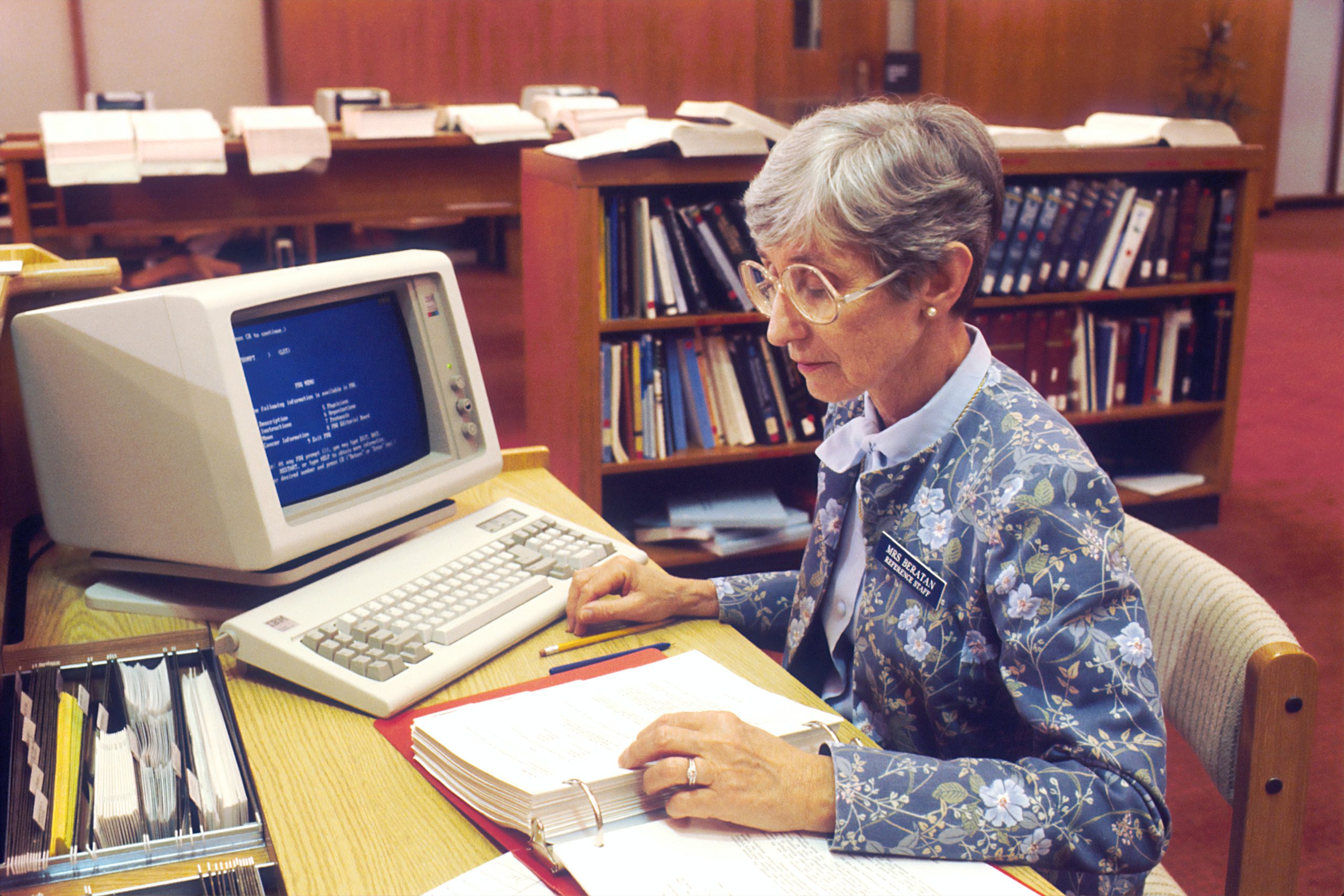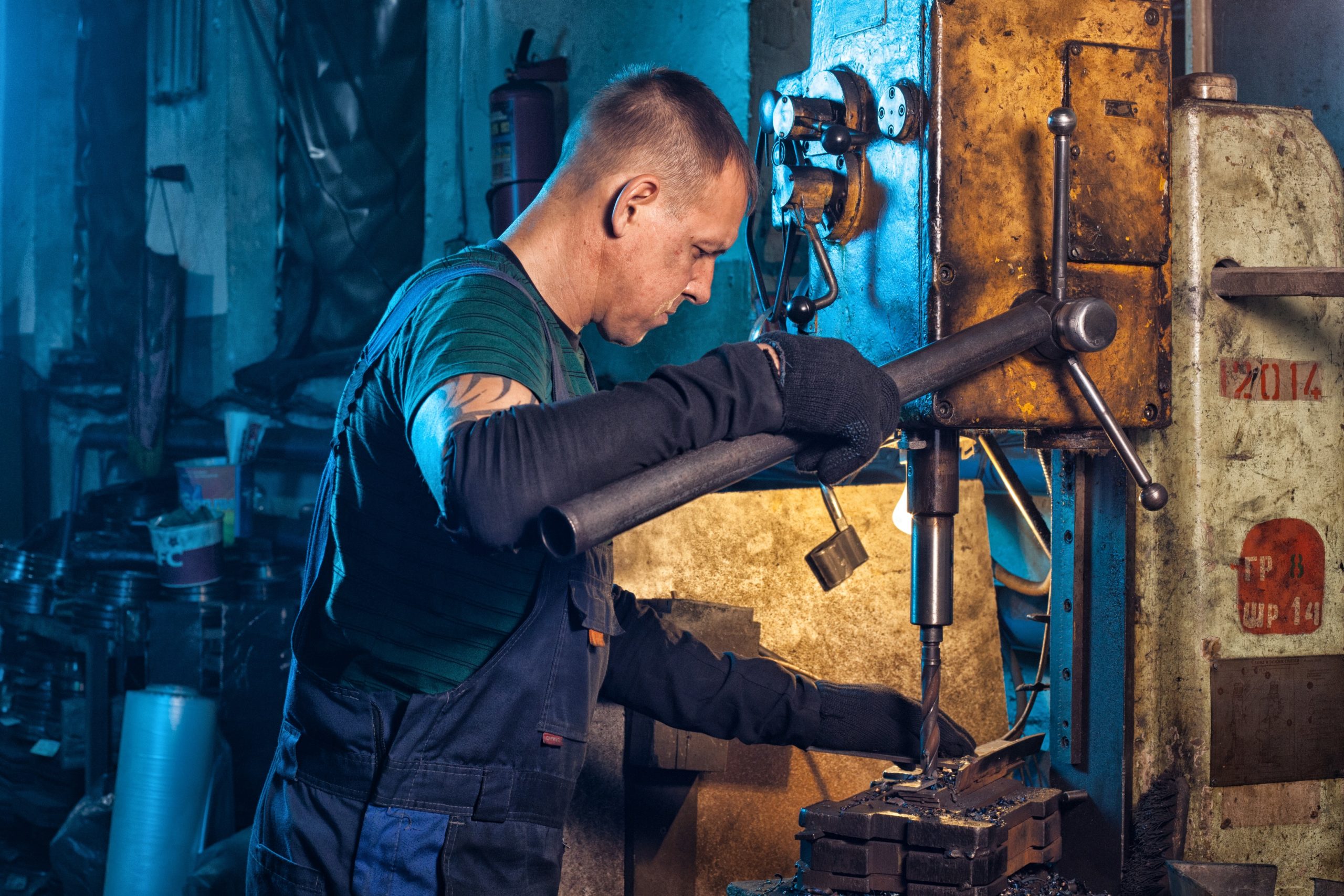This is probably familiar: when you hear a certain word, various associations come to mind. Associations that randomly take you back to long-forgotten memories. Carlo, one of our colleagues at DWG, had one of these experiences last weekend. He was in a nostalgic mood and his thoughts strayed from the past to the present and back again. He pondered his childhood: what did the home appliances back then actually look like? He realised that a great deal has changed. Not only in his home, but in industry as well. Carlo takes you back in time in this blog article. A true trip down memory lane.
Everything always worked
Carlo was in his teens in the 1980s. “What a great time that was. There was one telephone in our home: grey, made of Bakelite, and with a dial of course. We also had our first computer: a Commodore 64 with a data recorder that you could play games with. In terms of music, we had a cassette recorder, a record player and, of course, the radio. To sum up; it was a wonderful time, I didn’t have a care in the world. Everything always worked. No problems with blue screens and updates. And when you went out for a while, you simply couldn’t be contacted.”
Moving with the times
“You may be thinking that my home is full of old stuff”, says Carlo. “That is not the case, fortunately. I have also moved with the times – iPads, smartphones, and we stream TV series via the Internet. In fact, I shudder at the thought of living in the ’80s again. I can still see myself endlessly turning knobs to tune out the white noise that we often experienced on the TV channels. Everything is much easier these days. When you’re in a nostalgic mood, you tend to forget all the drawbacks of the ‘old stuff’. So I have also migrated to state-of-the-art equipment.”
Nostalgia in industry
“It sounds crazy perhaps, but when I visit some factories, I feel like I have stepped back into the ’80s. Old PLC systems, SCADA screens with ‘nostalgic-looking images’ of a production environment. Or how about factories where they keep track of all their production breakdowns and changes on paper and then process them later in a system? Time to invest in new technology, surely? Or maybe not: people often prefer to stick with the things they are familiar with”, says Carlo.

Weighing up the pros and cons
“Suppose that all the production processes at your factory are still running well and you can deliver as expected. In that case, you might think that a migration offers no benefits to you at all. After all, a migration always costs money and, as we all know, you can only spend your money once.
But let’s be honest about this: just how likely is it that migrating to a modern system will have no benefits at all? Exactly – you can always find a benefit and, in the long run, that benefit ensures that your migration will pay for itself. A simple example: not having to manually keep track of disruptions in the production process will save you money.”
Added-value migration
Carlo: “I see the same trend in almost every factory: more and increasingly different products are being produced, in smaller and smaller quantities. This leads to increased operational costs because more time is spent on production line changeovers and capturing more data. That in turn increases the likelihood of human error. When you choose an added-value migration, the old installation is replaced or new technology is added to it. In short: an added-value migration is an ideal way of making your data processing more accurate and faster, and allows you to implement efficiency improvements more quickly.”


Tip: start with that Bakelite phone
Carlo’s tip of the day: “Start small. Tackle part of a production process where you can get results quickly. Make sure the result is easily measurable and then move on to the next part of the process. After all, I didn’t ‘migrate’ everything at home immediately either. I started by migrating away from the Bakelite phone. I still have the record player, which is actually trendy again. Trendy? True enough, that’s not a word that you are likely to hear in a production environment.”
DWG has extensive experience in migrating factory installations and can handle all aspects of the entire migration process. Obviously, based on your needs, we can start small and split the migration into phases.


